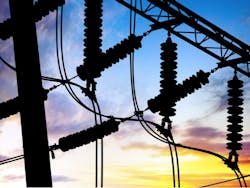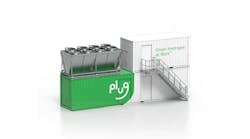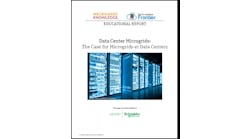A new report from NRG explores the value of bundling competitive supply and distributed energy resources (DERs).
Get the full report.
According to NRG, Texas businesses often pursue them as two distinct energy strategies.
“One approach focuses on competitive supply, which can offer low and predictable rates,” says the report, while “the other encompasses distributed energy resources, such as backup generators, energy storage, or microgrids, which are technologies that enhance energy reliability and sustainability.”
Many businesses also have flexible resources that they might not necessarily think of as DERs. These include water heaters, electric vehicle charging stations, refrigerators, elevators, and large lighting banks. They are DERs because they offer load flexibility (the ability to modify a customer’s electricity consumption).
NRG points out that managing competitive supply and DERs separately may leave money on the table.
“An experienced supplier can undertake a range of strategies to manage electricity supply with DERs; some involve accruing revenue, others offsetting costs,” NRG writes.
And the supplier may also use DERs to target specific aspects of a facility’s utility bill.
NRG’s report describes a cohesive and flexible energy strategy that bundles and coordinates competitive supply and DERs. Managing these resources together, says NRG, achieves benefits beyond their individual value
How does it provide value? According to the report, a provider can use a range of energy strategies, including an approach that leverages DER flexibility with a business’s competitive supply. A common DER strategy today also includes demand response.
The Texas grid is a competitive platform where businesses can select their own energy providers and still have electricity delivered to them over the same grid used by everyone else. Businesses are able to choose supply based on the criteria that matters most to them, whether that be price, sustainability, or other metrics. — NRG Energy
These programs can reward businesses for using their DERs to lower consumption during peak use periods. Photo:By gyn9037/Shutterstock.com
These programs can work to reward businesses for using their DERs to lower consumption during peak use periods.
An experienced energy partner can also bring a supply contract into the mix and leverage incentive programs so that they further reduce customer costs.
For example, the report states that an energy partner may recommend a 4CP program to help reduce transmission costs for businesses with flexible load.
Working with an experienced partner can help businesses create strategies that leverage supply contracts and DERs.
Download the full report, “Bundling Competitive Supply and Distributed Energy Resources,” to further explore the potential of managing competitive markets and DERs.







